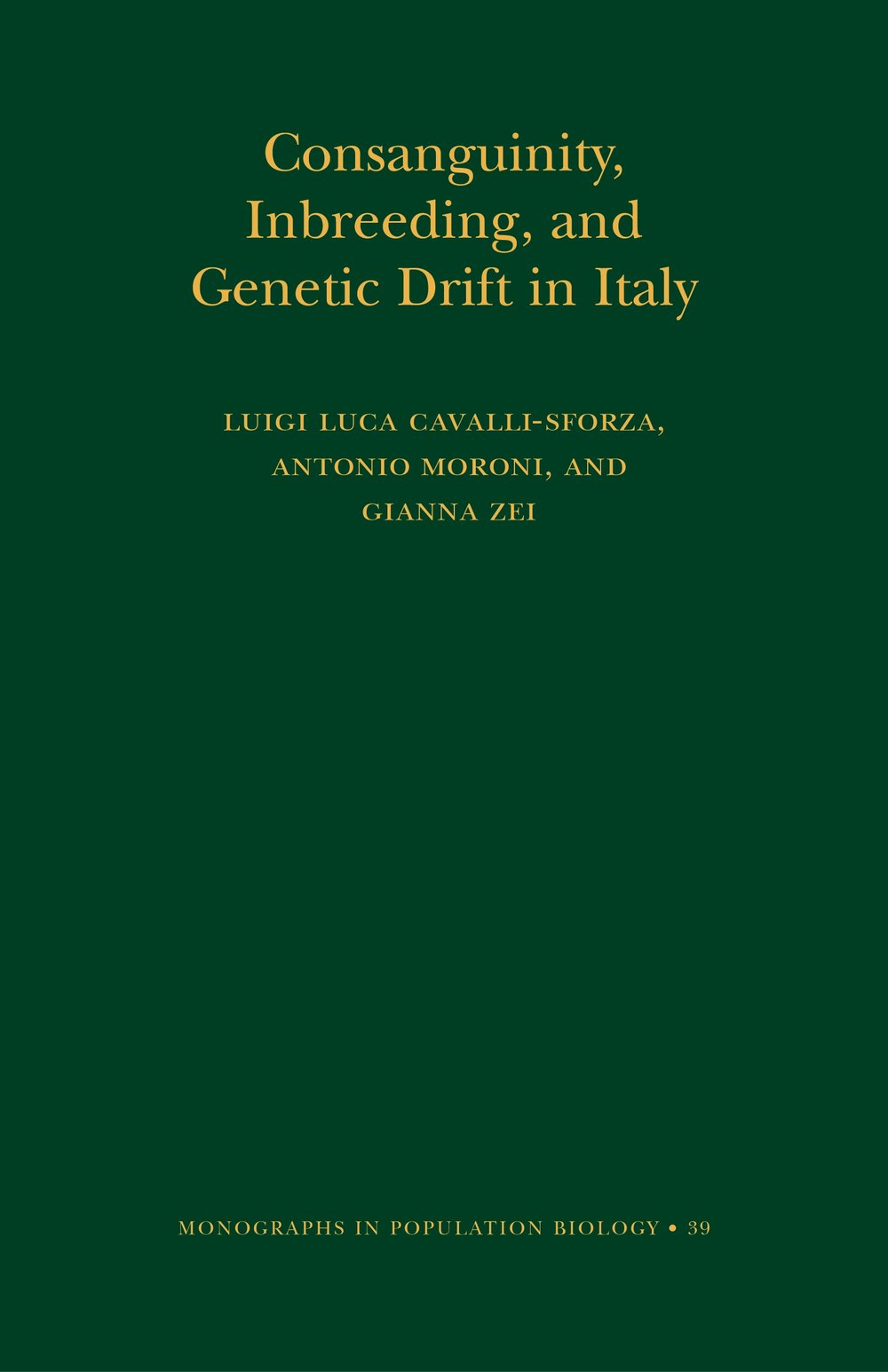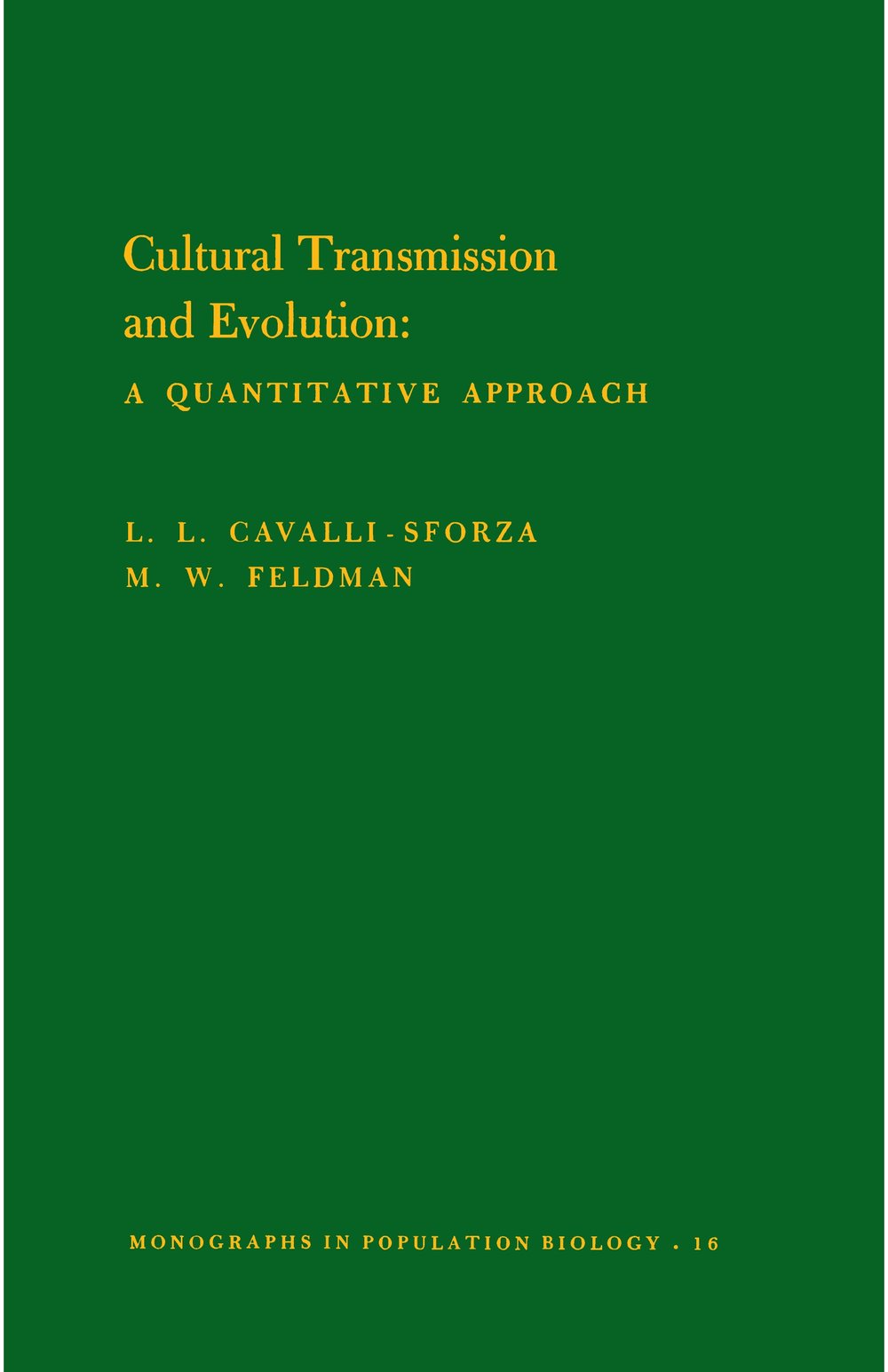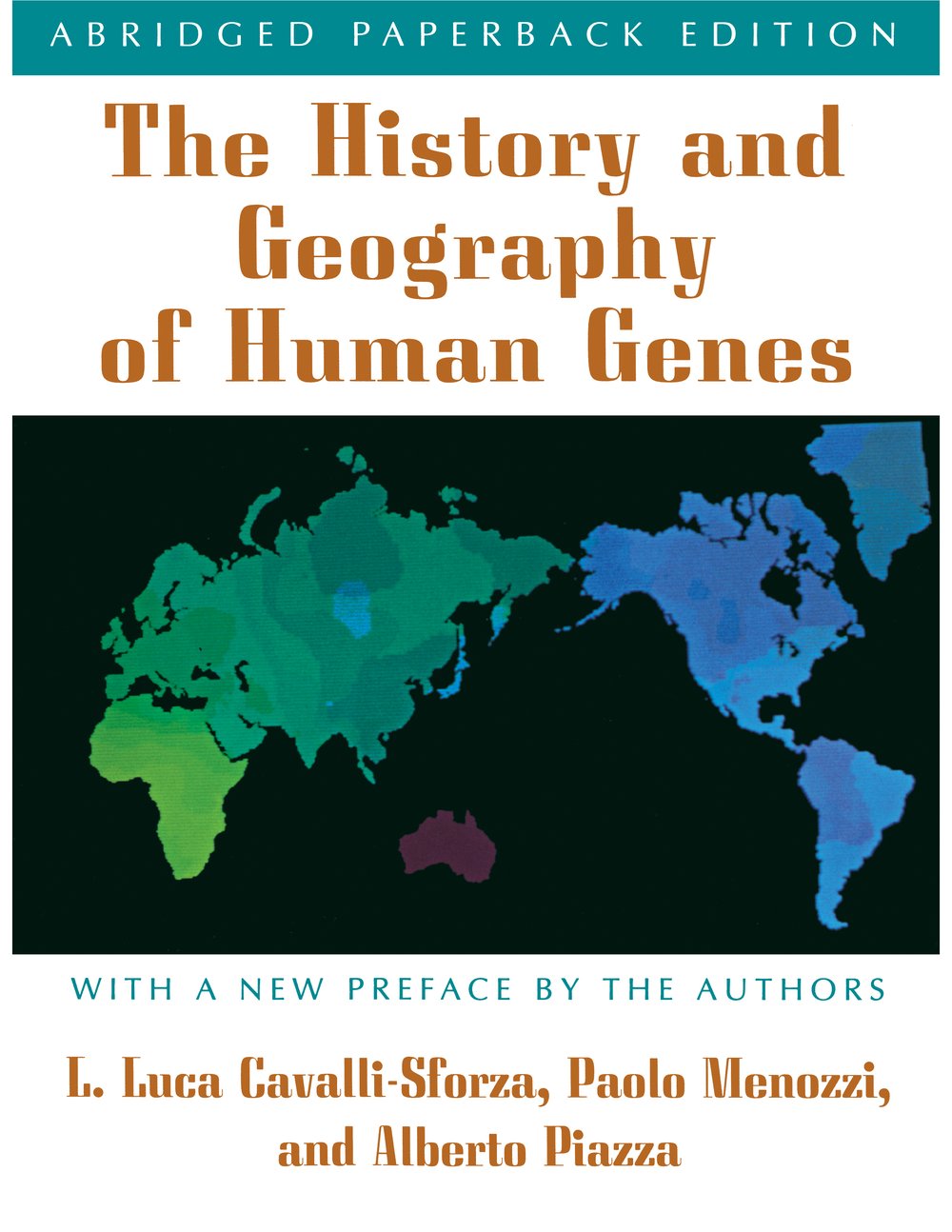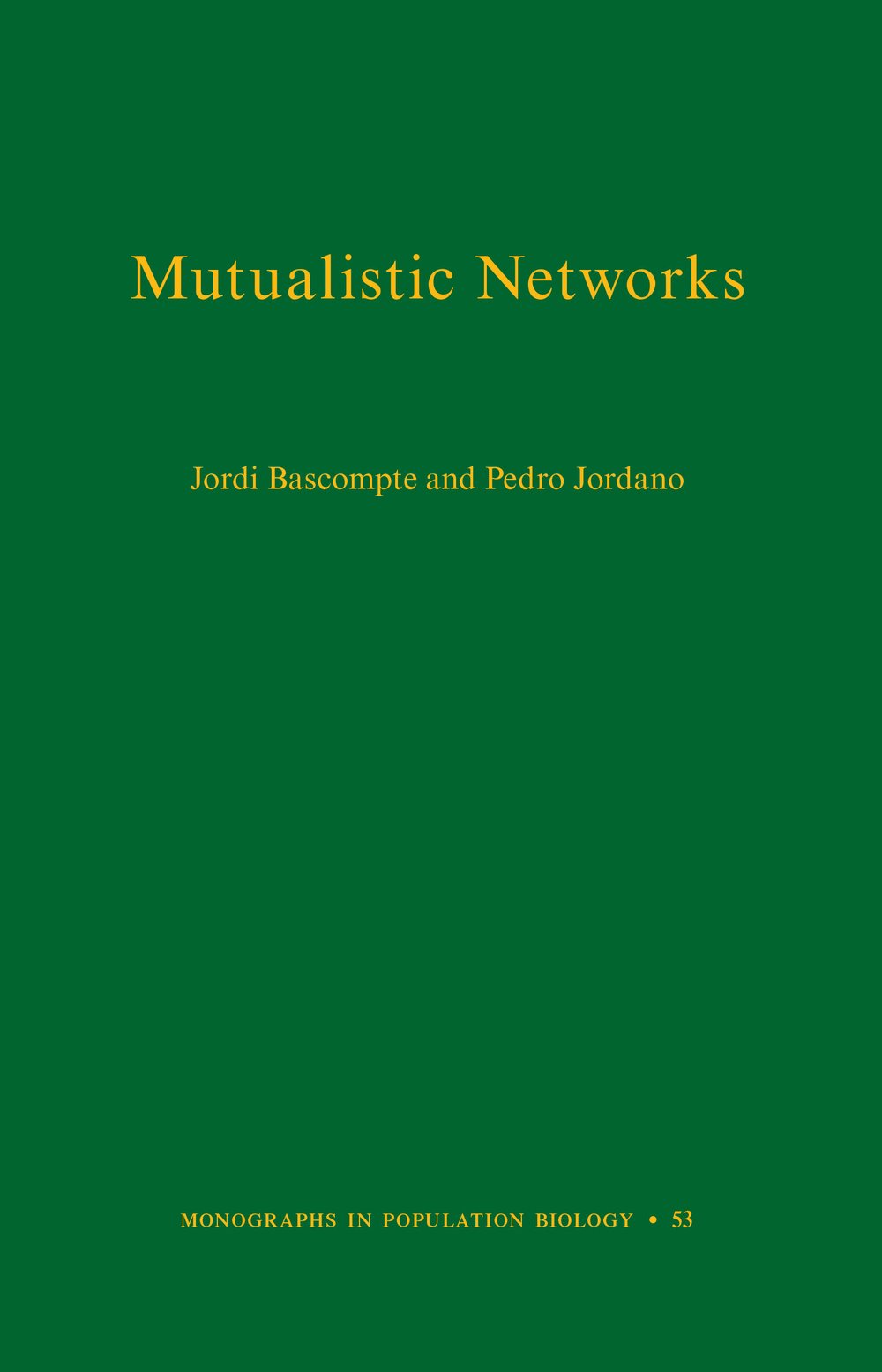Consanguinity, Inbreeding, and Genetic Drift in Italy (MPB-39)

In 1951, the geneticist Luigi Luca Cavalli-Sforza was teaching in Parma when a student - a priest named Antonio Moroni - told him about rich church records of demography and marriages between relatives. After convincing the Church to open its records, Cavalli-Sforza, Moroni, and Gianna Zei embarked on a landmark study that would last fifty years and cover all of Italy. This book assembles and analyzes the team's research for the first time. Using blood testing as well as church records, the team investigated the frequency of consanguineous marriages and its use for estimating inbreeding and studying the relations between inbreeding and drift. They tested the importance of random genetic drift by studying population structure through demography of the last three centuries, using it to predict the spatial variation of frequencies of genetic markers. The authors find that drift-related genetic variation is best predicted by computer simulation. They also analyze the usefulness and limits of the concept of deme for defining Mendelian populations. Ultimately bringing together the many strands of their massive project, Cavalli-Sforza, Moroni, and Zei are able to map genetic drift in all of Italy's approximately 8,000 communes and to demonstrate the relationship between each locality's drift and ecological and demographic factors. Their accomplishment is tremendously important for understanding human social structure and the genetic effects of drift and inbreeding.

Luigi Luca Cavalli-Sforza is Professor of Genetics Emeritus at Stanford Medical School, and Member of the U.S. National Academy of Sciences. His books include History and Geography of Human Genes and Genes, Peoples, and Languages. Antonio Moroni is Professor Emeritus of Ecology at the University of Parma (Italy) and member of the National Academy of Sciences (Academy of XL). Gianna Zei was Professor of Statistics and Biometry at the University of Pavia and directs the population genetics group of the CNR Institute of Molecular Genetics in Pavia.







